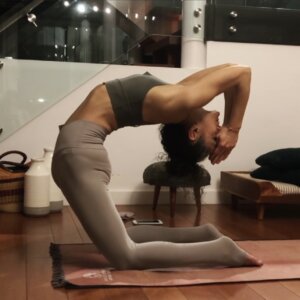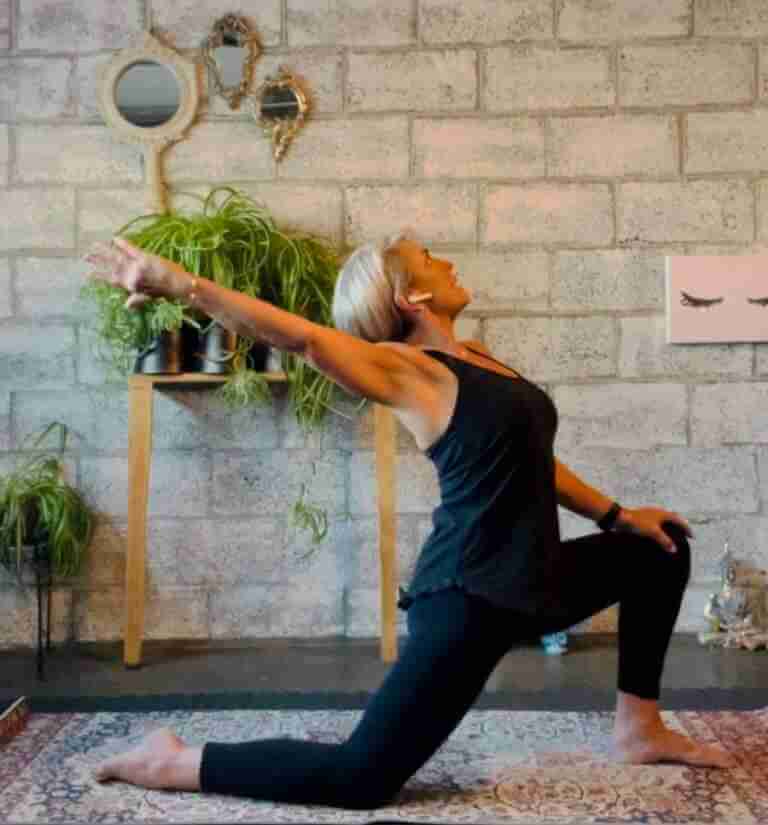
Contortion Poses – Flexibility the Ashtanga Yoga Way
Ashtanga Yoga is a disciplined practice emphasizing the integration of flexibility and strength in the body. This article will explore various types of contortion poses names, ranging from intermediate poses to the hardest contortion moves, requiring extreme flexibility performed by advanced yoga practitioners or professional contortionists.




